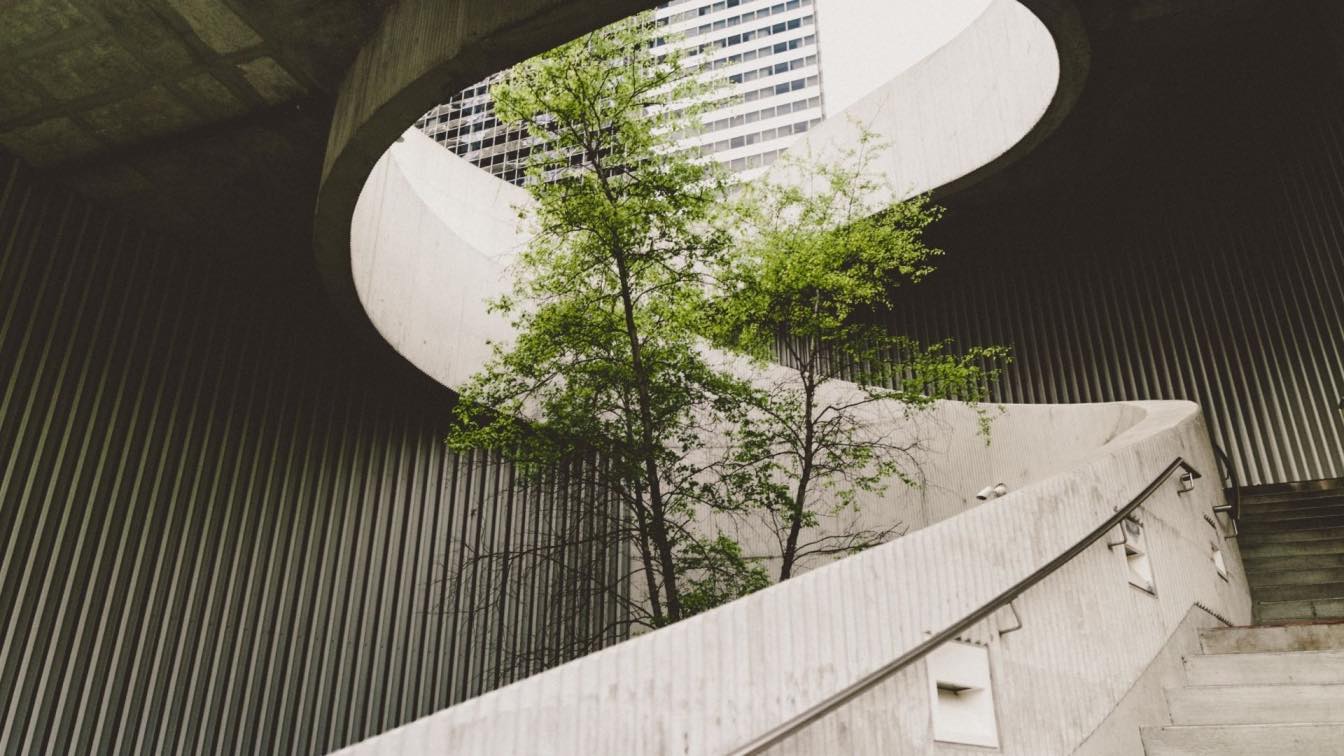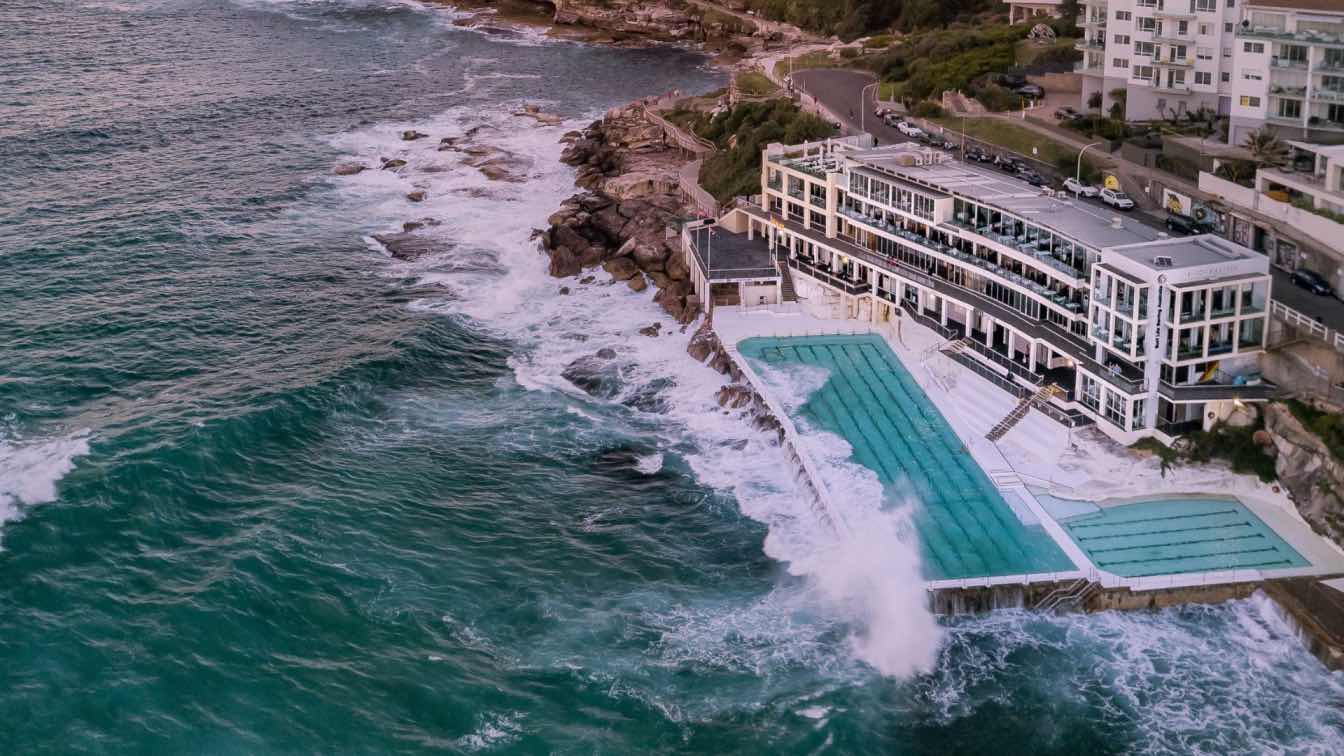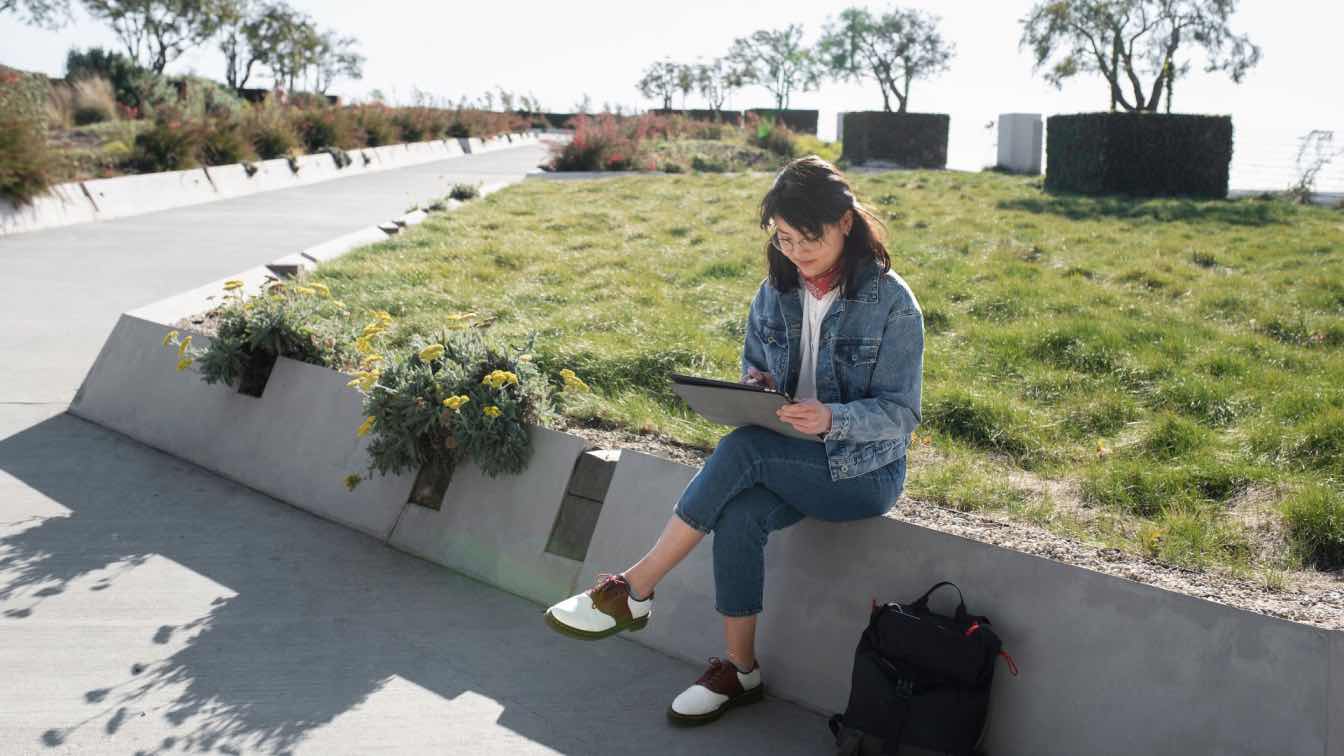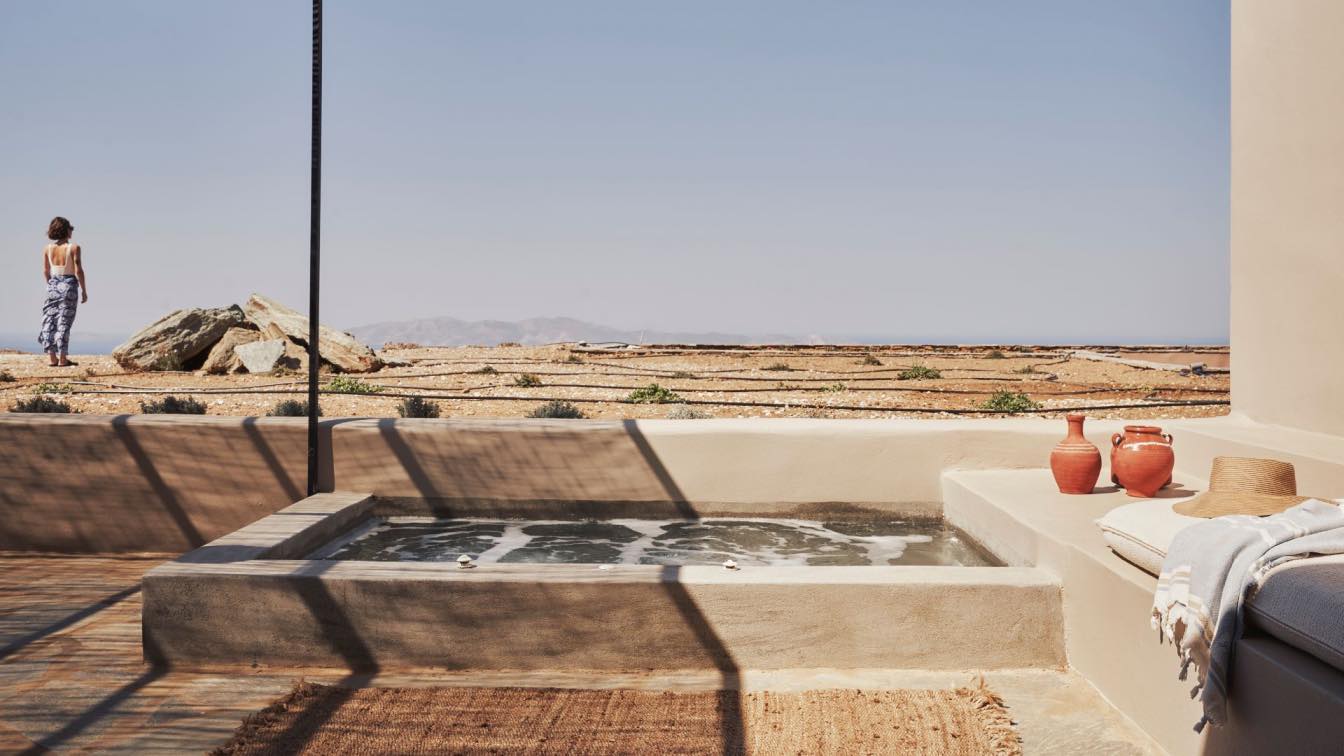In our modern world, architects are reshaping the hospitality industry. They're designing spaces that are not only aesthetically pleasing but serve a functional purpose too.
One key trend is eco-conscious design. Architects are integrating green practices into their blueprints. They're not just focused on making spaces look good; they're committed to protecting our planet too.
Then, there's the rise of tech-integrated spaces. Technology is no longer an add-on. It's an essential part of the design. These spaces are using technology to enhance the guest experience.
As you delve into these trends, you'll gain a new perspective. This is not just about architecture. It's a sneak peek into the future of hospitality. Let's dive in and discover what awaits. You'll find yourself inspired, challenged, and excited by what's to come.
Embracing Sustainable Design
Sustainable design is becoming a key element in the hospitality industry. You may have noticed that more hotels and guest spaces are adopting this approach. This isn't just a fleeting trend. Instead, it represents a significant shift towards environmentally friendly practices.
Increased use of renewable materials is one such practice. Energy-efficient systems are also becoming more common. They reduce power consumption without compromising guest comfort.
Another trend is the creation of green spaces. These are areas filled with plants and trees that help improve air quality.
These sustainable designs don't just benefit the environment. They also appeal to the growing number of eco-conscious travelers. These individuals prefer to patronize businesses that share their commitment to the planet.
Sustainable spaces also tend to be visually striking. They blend modern design principles with natural elements. The result is a unique aesthetic that sets them apart from conventional hospitality spaces.
The Rise of Multi-Functional Spaces
The world of hospitality is witnessing a major shift. The trend is moving away from just sustainable design. Now, multi-functional spaces are becoming game-changers.
What are these multi-functional spaces? Simply put, these are areas that can change their purpose based on the need of the hour. For example, imagine a hotel lobby. During the day, it serves as a co-working space. But come evening, it transforms into a bustling social hub.
The beauty of this concept is its versatility. It's not just about providing a room anymore. It's about offering an adaptable environment that caters to every guest's needs.
In today's world, experiences hold more value than ownership. In this context, the flexibility of multi-functional spaces is a huge advantage. It's all about making the most out of every square inch.
Guests are likely to appreciate this convenience and innovation. It adds a whole new level of experience to their stay. On the other hand, if you're an architect or hotelier, these spaces bring efficiency.
Technology's Influence on Design
Understanding the role of technology in shaping modern design is key, especially when it comes to multi-functional spaces. Technology's influence extends from the layout to the lighting, creating spaces that aren't only practical but also visually appealing.
Take a look around you. Many hotels today and restaurants are transforming into smart spaces. Lobbies and rooms are equipped with the latest tech to heighten guest experience. One example? Digital signage solution for restaurants that let you order food at the swipe of a finger.
But it's more than just convenience. Safety is also a top priority. Advanced security systems are being incorporated to ensure the safety of guests. This is another clear demonstration of technology's impact.
Sustainability is another important factor in design, and technology plays a part here too. Eco-friendly materials are being used more and more. Energy-efficient systems are being integrated. It's all about creating spaces that aren't just comfortable and efficient, but sustainable too.
Incorporating Local Cultural Elements
The influence of technology on modern design is evident. But another key trend is also emerging in the world of design. This trend is the integration of local cultural elements into contemporary hospitality spaces.
Many of these spaces are now embracing their local culture and heritage. They weave these elements into their design, creating an authentic guest experience. Sometimes it's through the use of traditional materials. Other times it's the adaptation of local architectural styles. Or it could be the display of indigenous art.
These elements anchor the spaces in their locale. They give guests a glimpse into the region's unique identity. This is a trend that's gaining momentum in the industry. It's not just about enhancing the aesthetic appeal. It's also about fostering a deeper connection between the guests and the destination.
The Shift Towards Wellness Architecture
A new trend is sweeping the hospitality industry - wellness architecture. This concept blends health, wellbeing, and the built environment. It's drawing inspiration from both local culture and modern design.
Increasingly, hotels are embracing biophilic design. This design philosophy incorporates natural elements to create a serene atmosphere. Elements like sunlight, plants, and water features are now commonplace in many hotels. These components aren't only aesthetically pleasing but also contribute to a calming environment.
In addition to creating calming spaces, hotels are also ramping up their wellness facilities. Fitness and wellbeing centers are on the rise. Yoga studios and meditation rooms are now a regular feature in many establishments. These spaces allow guests to maintain their health and wellness practices even while they travel.
Conclusion
Welcome to the future of modern hospitality, where architecture meets innovation. It's a place where sustainability is more than just a trend. It's the foundation of design.
In this new era, rooms are no longer just rooms. They've evolved to serve multiple purposes. Technology integrates seamlessly into these spaces, enhancing the user experience. But technology isn't the only aspect that's seamlessly woven into these designs. Local culture too, finds a prominent place.
Wellness has emerged as a new form of luxury. It significantly shapes the architectural designs in the hospitality industry. This isn't just a change; it's a revolution that has taken shape over time.
In the hospitality industry of tomorrow, nothing is left to chance. Every detail is meticulously planned and executed. So, brace yourself for a fascinating journey through the future of architectural trends in hospitality.





